A Visual Guide to Heart Disease

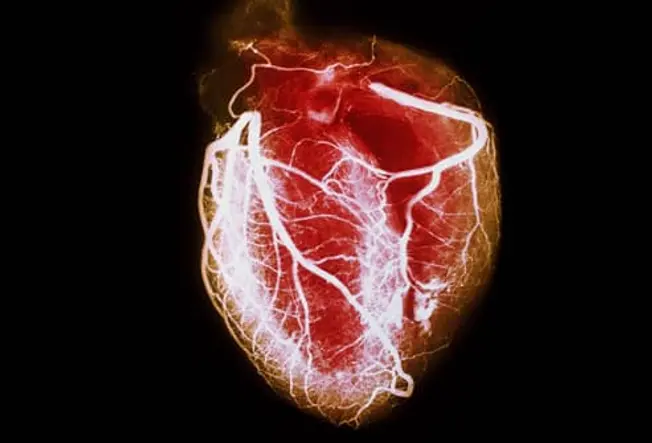
What's Heart Disease?
Mention heart disease, and most people picture a heart attack. But the term covers several conditions that can hurt your ticker and keep it from doing its job. These include coronary artery disease, arrhythmia, cardiomyopathy, and heart failure. Learn the warning signs of each and how to react.

Clogged Arteries
A buildup of sticky plaque (fat and cholesterol) can narrow your heart's arteries, making it harder for blood to pass through. Many people don't even know there's a problem until an artery is clogged by a blood clot and they have a heart attack. But there may be warning signs of coronary artery disease, like frequent chest pain called angina.

Inside a Heart Attack
Plaque is hard on the outside and mushy on the inside. Sometimes that hard outer shell cracks. When this happens, a blood clot forms. If it completely blocks your artery, it cuts off the blood supply to part of your heart. Blood carries oxygen, and a shortage of that can quickly damage the organ and possibly kill you. The attack is sudden, and it's important to get medical help right away.

What Does a Heart Attack Feel Like?
You might have:
- Pain or pressure in the chest
- Discomfort spreading to the back, jaw, throat, or arm
- Nausea, indigestion, or heartburn
- Weakness, anxiety, or shortness of breath
- Fast or irregular heartbeats
It's an emergency even when your symptoms are mild.

Symptoms in Women
Women don't always feel chest pain. Compared to men, they're more likely to have heartburn or heart flutters, lose their appetite, cough, or feel tired or weak. Don't ignore these symptoms. The longer you wait to get treatment, the more damage can be done.
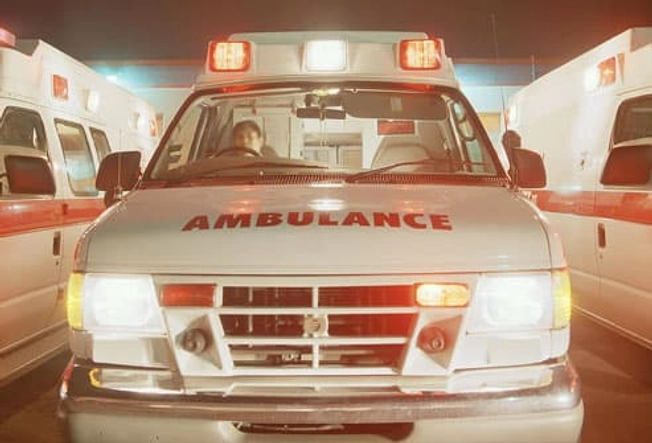
Act Fast
If you think you're having a heart attack, call 911 right away, even if you're not sure. Don't wait to see if you feel better. And don't drive yourself to the hospital. The EMS team will come to you and start work right away. A fast response can save your life.
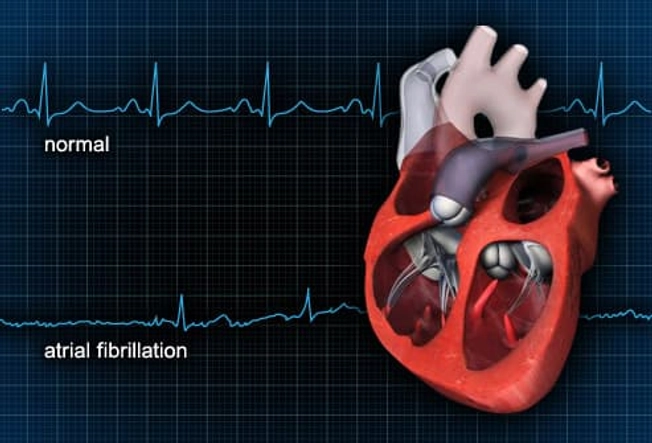
Irregular Heart Beat: Arrhythmia
Your heart beats because of electrical impulses, and they can get off rhythm. Arrhythmias can make your heart race, slow down, or quiver. They're often harmless and pass quickly, but some types can affect your blood flow and take a serious toll on your body. Tell your doctor if you notice anything unusual.

Heart Muscle Disease: Cardiomyopathy
Abnormal heart muscle, or cardiomyopathy, makes it hard to pump and carry blood to the rest of your body. Over time, health problems such as high blood pressure, obesity, and diabetes can cause this serious condition, which can lead to heart failure.

Heart Failure
This doesn't mean your heart stops working. It means the organ can't pump enough blood to meet your body's needs. So over time, it gets bigger and pumps faster. This weakens the muscle and lowers the amount of blood flowing out even more, which adds to the problem.
Most cases of heart failure are the result of coronary artery disease and heart attacks.
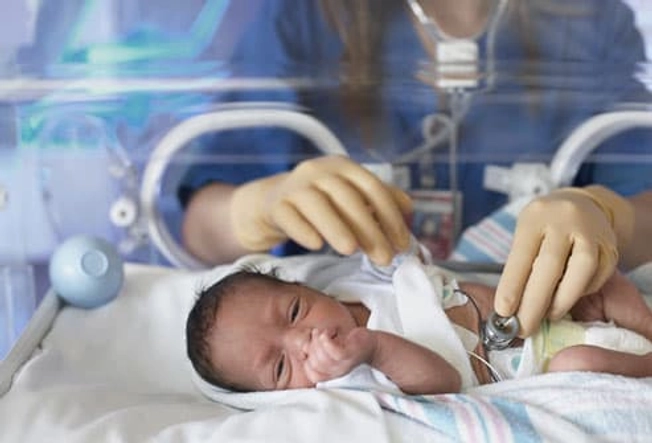
Congenital Heart Defect
From birth, you can have a leaky valve or a damaged wall separating your heart chambers. Sometimes, the defects aren't found until you're an adult.
They don't all need treatment, but some require medicine or surgery. If you have one, you're more likely to have arrhythmias, heart failure, and infected valves, but there are ways to lower these chances.

Sudden Cardiac Death
This isn't the same as a heart attack. Sudden cardiac death happens when the heart's electrical system goes haywire, making it beat irregularly and dangerously fast. Instead of pumping out blood to your body, your chambers quiver.
A defibrillator can help bring back a regular heart beat, but without it, the person can die within minutes. Start CPR while waiting for a defibrillator, and have someone call 911 immediately.
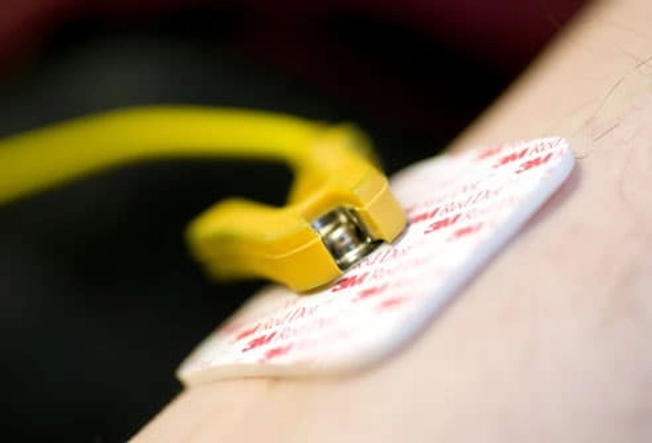
Electrocardiogram (EKG)
An EKG records your heart's electrical activity. During this painless test, your doctor will stick electrodes on your skin for a few minutes. The results tell them if you have a regular heartbeat or not. It can confirm you're having a heart attack, or if you've had one in the past. Your doctor can also compare these graphs over time to track how your ticker is doing.
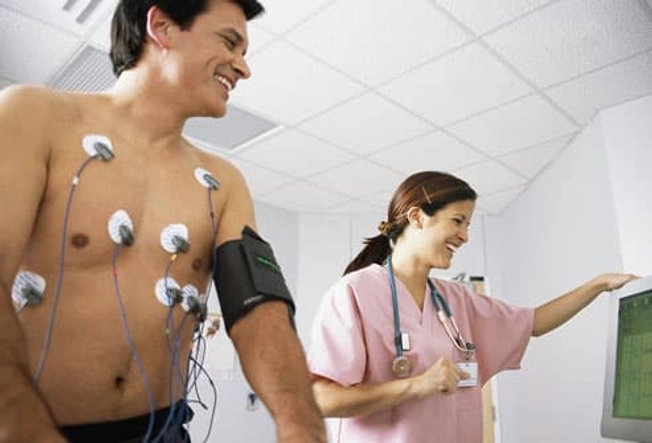
Stress Test
This measures how well your heart works when it's pushed hard. You walk on a treadmill or ride a stationary bike, and the workout gets tougher. Meanwhile, your doctor watches your EKG, heart rate, and blood pressure to see if the organ gets enough blood.
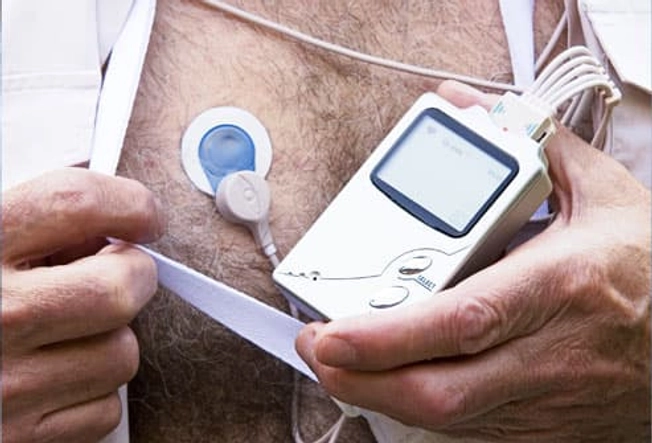
Holter Monitor
This portable device records the rhythm of your heart. If your doctor thinks there's a problem, they might ask you to wear the monitor for a day or two. It tracks the electrical activity nonstop (unlike an EKG, which is a snapshot in time). Your doctor will probably ask you to log your activities and symptoms, too.
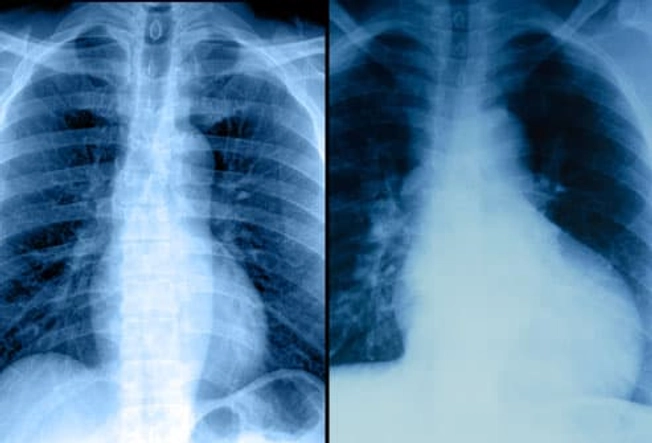
Chest X-rays
These pictures of your heart, lungs, and chest bones are made with a small amount of radiation. Doctors use them to spot signs of trouble. In this image, the bulge on the right is an enlarged left ventricle, the main pumping chamber.
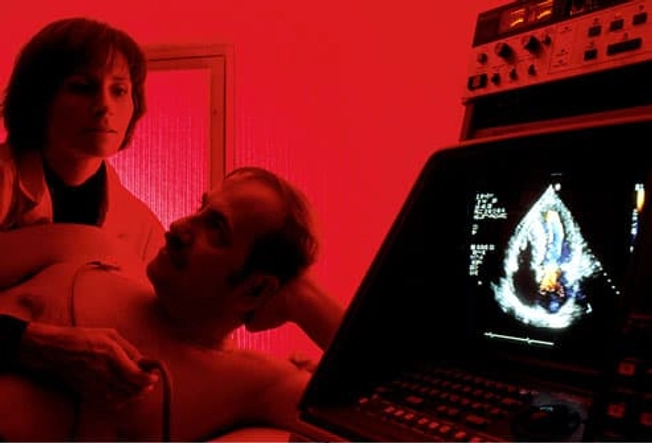
Echocardiogram
This test uses sound waves to show live, moving images of your heart. From the ultrasound, your doctor can spot damage or problems with your chambers, valves, or blood flow. It helps to diagnose disease and see how well your treatments are working.

Cardiac CT
Cardiac computerized tomography takes detailed X-rays of your heart and its blood vessels. A computer then stacks the images to create a 3-D picture. Doctors use it to look for buildups of plaque or calcium in your coronary arteries, as well as valve problems and other types of heart disease.
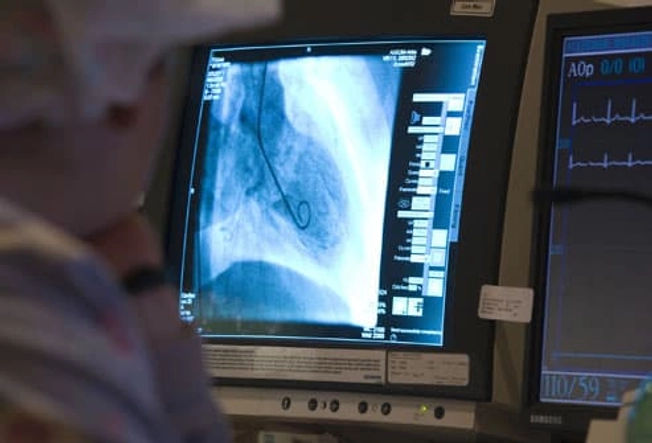
Cardiac Catheterization
In this procedure, your doctor guides a narrow tube, called a catheter, through a blood vessel in your arm or leg until it reaches your heart. Then, they inject dye into each coronary artery, which makes them easy to see in an X-ray. The picture shows any blockages and how bad they are.
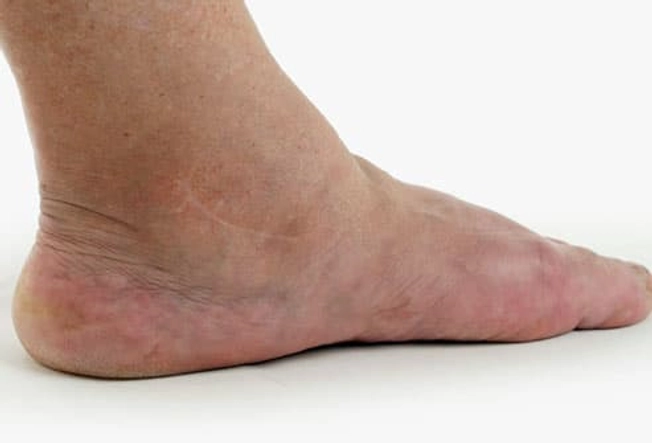
Living With Heart Disease
Most types are long-lasting. At first, symptoms can be hard to spot and may not disturb your daily life. But left alone and ignored, they get worse.
If your heart starts to fail, you might be short of breath or feel tired. Keep an eye out for swelling in your belly, ankles, feet, or legs. In many cases, long-term treatment can help keep things under control. You can fight heart failure with medication, lifestyle changes, surgery, or a transplant.

Medicines
A number of prescription drugs can help you. Some lower blood pressure, heart rate, or cholesterol levels. Others control irregular rhythms or prevent clots. If you already have some damage, other medications can help your heart pump blood.
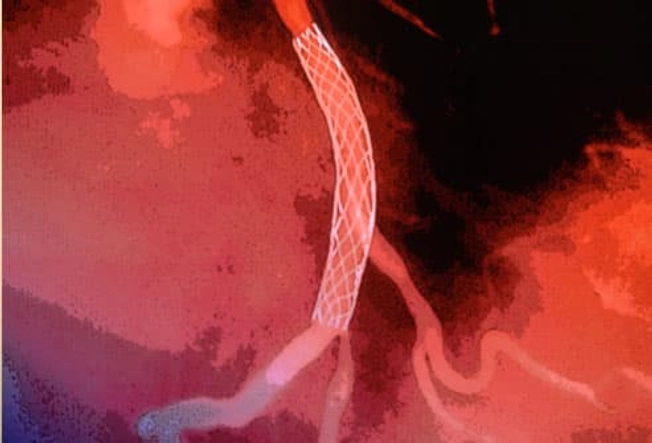
Angioplasty
This procedure opens a blocked artery and improves blood flow. Your doctor guides a thin catheter with a balloon on the end into your artery. When the balloon reaches the blockage, the doctor fills it with air. This inflates your artery and allows blood to move freely. They may also put in a small mesh tube called a stent to keep it open.
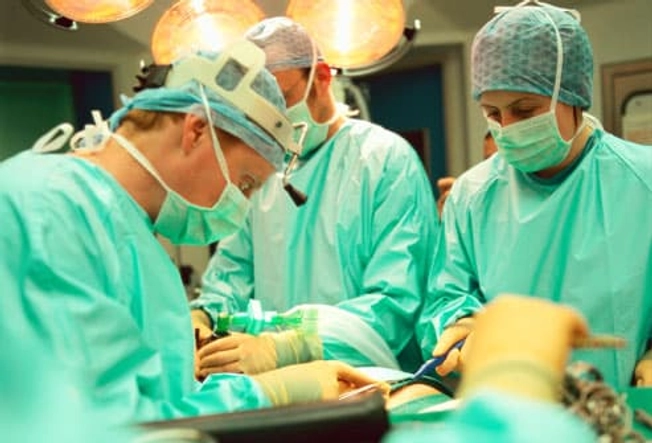
Bypass Surgery
Your doctor might suggest this operation if you have one or more arteries that are too narrow or blocked. They first remove a blood vessel from an area of your body, such as your chest, belly, legs, or arms, and then attach it to a healthy artery in your heart. Your blood is guided around the problem area, "bypassing" it.
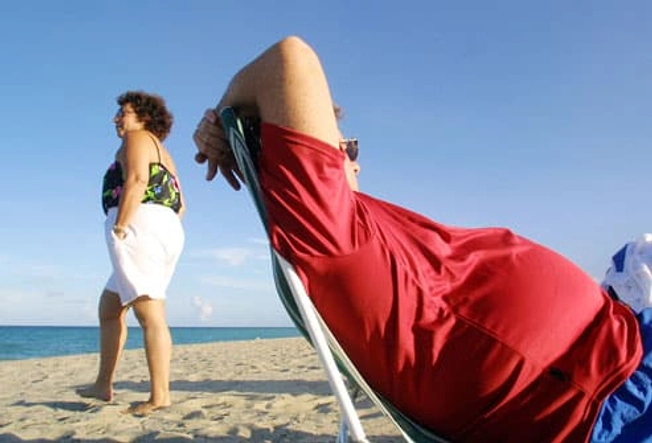
Who Gets Heart Disease?
Men are more likely to have a heart attack than women, and at an earlier age. But heart disease is still the No. 1 killer of both sexes. People with a family history of it also have a higher risk.

Things You Can Control
These daily habits can lower your chances of heart disease:
- Exercise regularly (30 minutes most days).
- Stay at a healthy weight.
- Eat a balanced diet.
- Limit how much alcohol you drink (one drink a day for women, two a day for men).
- Don't smoke.
If you have diabetes, it's important to manage your blood sugar levels. And if you have high cholesterol and high blood pressure, do everything you can to get them in check.
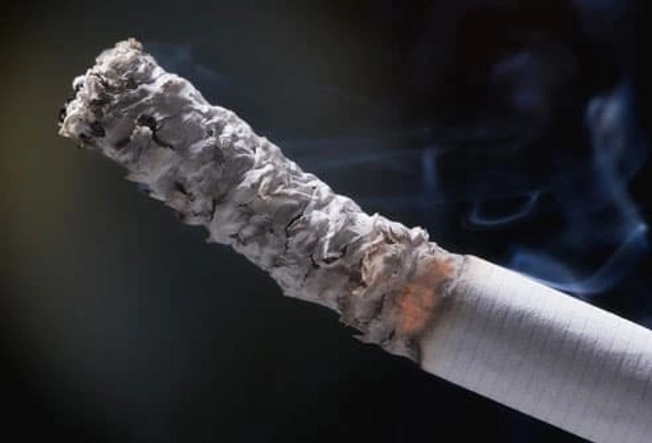
Why Smoking Hurts Your Heart
If you light up, you're two to four times more likely to get heart disease. Now is the perfect time to quit. Your risk for a heart attack starts to fall within 24 hours.

Life With Heart Disease
Get back on track with a cardiac rehab program. Your doctor can give you a referral. Specialists will help you come up with a plan that covers exercise, nutrition, emotional support, and more. These programs can make a big difference for you.